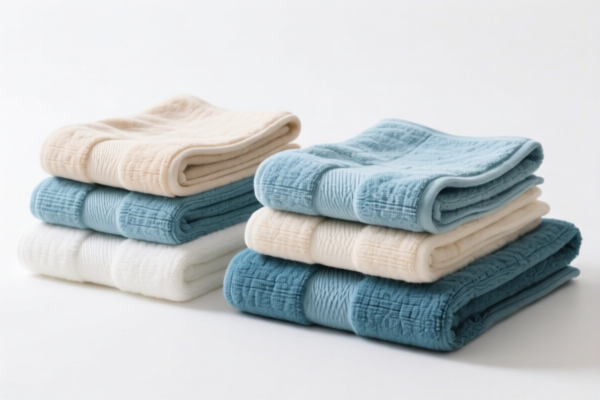| HS Code | Official Doc | Tariff Rate | Origin | Destination | Effective Date |
|---|---|---|---|---|---|
| 3923900080 | Doc | 58.0% | CN | US | 2025-05-12 |
| 3926901000 | Doc | 40.9% | CN | US | 2025-05-12 |
| 3926909940 | Doc | 42.8% | CN | US | 2025-05-12 |
| 9619000500 | Doc | 42.5% | CN | US | 2025-05-12 |
| 9619007800 | Doc | 40.3% | CN | US | 2025-05-12 |
| 9620003090 | Doc | The rate applicable to the article of which it is an accessory+30.0% | CN | US | 2025-05-12 |




Poop Collection Box
A poop collection box, also known as a dog poop box, pet waste station, or dog waste receptacle, is a container designed for the hygienic containment of animal feces, primarily dog waste, though it can be used for other pet types as well.
Material
These boxes are typically constructed from durable materials to withstand outdoor conditions and frequent use. Common materials include:
- Plastic: High-density polyethylene (HDPE) is prevalent due to its resistance to cracking, odor retention, and ease of cleaning.
- Metal: Stainless steel or powder-coated steel are used for increased durability and resistance to vandalism, often found in public areas.
- Composite Materials: Some are made from recycled plastic lumber or other composite materials for environmental sustainability and longevity.
Purpose
The primary purpose of a poop collection box is to:
- Contain Odors: Minimize unpleasant smells associated with animal waste.
- Maintain Hygiene: Provide a designated area for waste disposal, reducing the spread of bacteria and parasites.
- Promote Cleanliness: Encourage responsible pet ownership by providing a convenient means of waste removal.
- Environmental Responsibility: Facilitate proper waste disposal, preventing contamination of public spaces.
Function
A typical poop collection box functions as follows:
- Waste Deposit: Pet owners place bagged feces into the receptacle.
- Lid Closure: A lid, often hinged or with a flap, seals the container to control odors and prevent access by animals.
- Bag Dispenser: Many models include a dispenser for biodegradable or plastic waste bags.
- Waste Removal: Regular emptying of the box is required. Some larger units may accommodate a liner system for easier removal.
Usage Scenarios
Poop collection boxes are commonly found in:
- Parks & Public Spaces: Providing amenities for dog owners in recreational areas.
- Apartment Complexes & Condominiums: Offering waste disposal solutions for residents with pets.
- Dog Parks: Essential for maintaining cleanliness and hygiene in dedicated dog exercise areas.
- Veterinary Clinics & Animal Shelters: Managing animal waste in a controlled environment.
- Residential Areas: Individual homeowners may use smaller boxes in their yards for convenience.
- HOA Common Areas: Providing waste stations for community dog owners.
Common Types
- Freestanding Stations: Self-contained units with a waste receptacle, lid, and bag dispenser.
- Wall-Mounted Stations: Attached to walls or fences to save space.
- In-Ground Stations: Partially buried for a more permanent and discreet installation.
- Double Compartment Stations: Feature separate bins for waste and recycling (e.g., for used bags).
- Automatic Dispensers: Dispense bags automatically with motion sensors.
- Large Capacity Stations: Designed for high-traffic areas with increased waste volume.
Based on the provided information, determining the precise HS code for a "poop collection box" requires careful consideration of its material and intended use. Here's a breakdown of potentially relevant HS codes:
- 3923900080: This code covers “Articles for the conveyance or packing of goods, of plastics; stoppers, lids, caps and other closures, of plastics: Other”. If the box is made of plastic and used for containing or transporting waste, this could be applicable. The total tax rate is 58.0%, comprised of a 3.0% base tariff, a 25.0% additional tariff, and a 30% additional tariff effective April 2, 2025.
- 3926901000: This code covers “Other articles of plastics and articles of other materials of headings 3901 to 3914: Other: Buckets and pails”. If the box functions as a container similar to a bucket or pail, and is made of plastic, this could be relevant. The total tax rate is 40.9%, consisting of a 3.4% base tariff, a 7.5% additional tariff, and a 30% additional tariff effective April 2, 2025.
- 9619000500: This code covers “Sanitary pads (towels) and tampons, diapers (napkins), diaper liners and similar articles, of any material: Of plastics”. If the box is specifically designed for collecting human or animal waste as part of a sanitary disposal system and is made of plastic, this code might apply. The total tax rate is 42.5%, with a 5.0% base tariff, a 7.5% additional tariff, and a 30% additional tariff effective April 2, 2025.
According to the provided reference material, the HS code options related to 'poop collection box' are limited, with only the following 3 found.
It is important to determine the exact material composition and primary function of the box to select the most appropriate HS code. If the box is used for animal waste, further clarification may be needed to ensure correct classification.
Customer Reviews
No reviews yet.